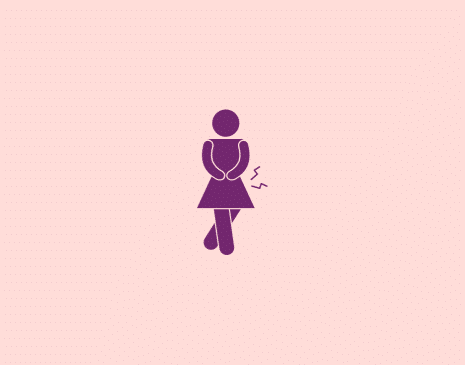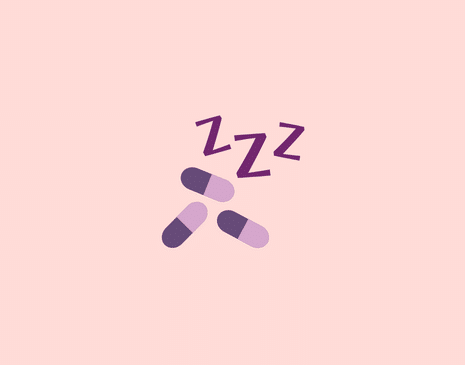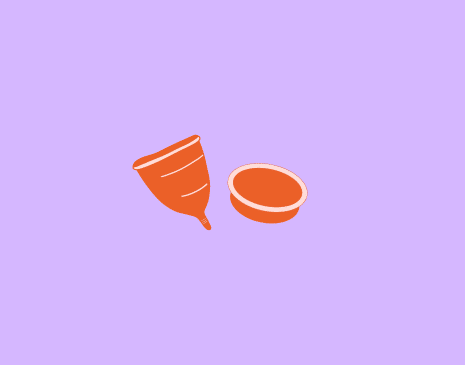Vaginal thrush, also known as candida albicans or vaginal yeast infection, is a common yet often misunderstood issue that can cause a world of discomfort. Many wonder if it’s a sexually transmitted infection, while others are left dealing with the symptoms of vaginal thrush, such as the infamous itch, unusual discharge, and sometimes even abnormal vaginal bleeding.
In this article, we demystify the causes of vaginal thrush, explore the telltale vaginal thrush symptoms, and uncover recurrent thrush. Join us as we shed light on this common yeast infection and what you can do to deal with those pesky thrush symptoms. Whether you’re well-acquainted with vaginal thrush or it’s your first encounter, we’ve got you covered.
What Causes Vaginal Thrush?
Vaginal thrush, also known as a vaginal yeast infection or candidiasis, is a condition that occurs when there’s an overgrowth of a yeast called Candida albicans in the vaginal environment. This overgrowth can lead to discomfort and a range of unpleasant symptoms. To understand what causes vaginal thrush, let’s explore the key contributing factors:
Candida Yeast Overgrowth
The fundamental cause of vaginal thrush is the excessive growth of Candida yeast. Candida is a natural component of the vaginal microflora and typically coexists harmoniously with other microorganisms in the vagina. However, when the balance is disrupted, Candida can multiply rapidly and become problematic.
Hormonal Changes
Fluctuations in hormone levels play a significant role in triggering vaginal thrush. Women may experience hormonal changes during various life stages, such as pregnancy, the menstrual cycle, or menopause. These hormonal fluctuations can create an environment conducive to Candida overgrowth.
Weakened Immune System
A weakened immune system can make the body less capable of controlling the proliferation of Candida. Conditions or factors such as illness, stress, and certain medications can compromise the immune system, increasing the risk of thrush.
Antibiotic Use
Antibiotics are essential for treating bacterial infections, but they can inadvertently disrupt the delicate balance of microorganisms in the vaginal flora. They may eliminate the beneficial bacteria that usually help keep Candida in check, allowing it to overgrow.
Diet and Lifestyle Choices
Dietary factors and lifestyle choices can influence the development of vaginal thrush. High-sugar diets, for example, provide an abundant food source for Candida. Additionally, wearing non-breathable clothing or harsh soaps can create an environment that fosters yeast overgrowth.
Pregnancy
The hormonal changes that occur during pregnancy, combined with the natural immune system adaptations, can make pregnant women more susceptible to vaginal thrush.
Birth Control
Certain forms of hormonal birth control, such as birth control pills and contraceptive devices, can influence hormone levels and potentially increase the risk of thrush.
Underlying Health Conditions
Conditions like poorly controlled diabetes, which can lead to elevated blood sugar levels, can create an environment where Candida thrives. Uncontrolled diabetes may increase the likelihood of recurrent thrush.
Sexual Activity
While vaginal thrush is not a sexually transmitted infection (STI), sexual activity can sometimes disrupt the vaginal flora, making it easier for Candida to overgrow.
It’s important to note that understanding the causes of vaginal thrush is crucial for effective management and prevention. By recognising the contributing factors and making appropriate lifestyle adjustments, you can take steps to reduce the risk of experiencing thrush and seek prompt thrush treatment when necessary. If you suspect you have vaginal thrush, consult a healthcare provider for a proper diagnosis and guidance on the most suitable treatment options.
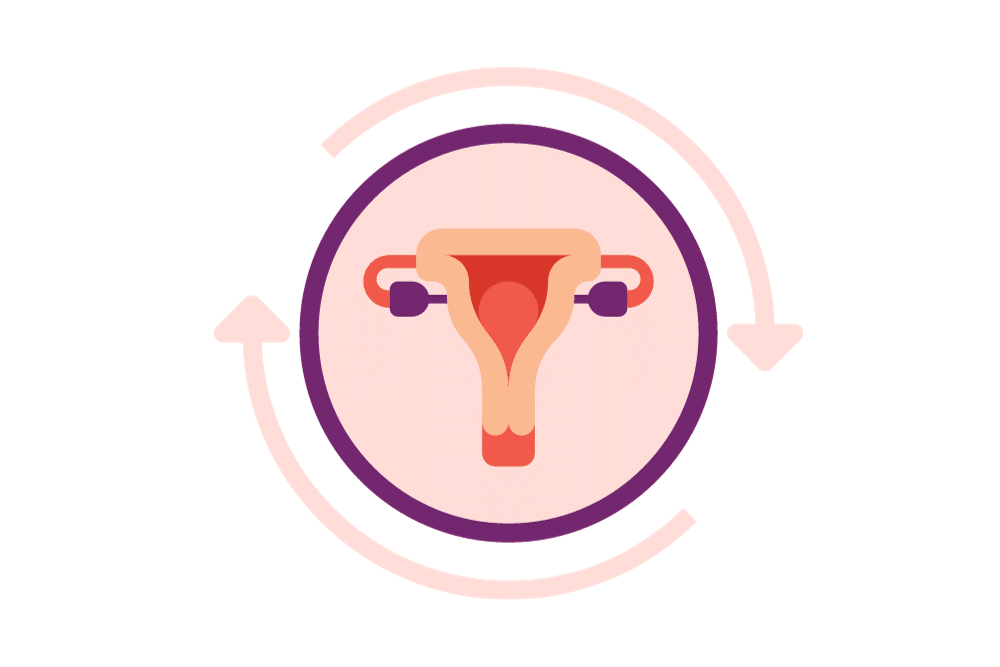
What is the Leading Cause of Vaginal Thrush?
If we were to nail thrush down to one cause, the leading cause of vaginal thrush is an overgrowth of the yeast known as Candida, specifically Candida albicans. Candida is a natural and common microorganism that resides in the vaginal environment, along with other beneficial bacteria. Normally, the vaginal ecosystem maintains a delicate balance among various microorganisms, keeping Candida in check.
However, when this balance is disrupted, Candida can increase rapidly and lead to vaginal thrush. Candida overgrowth is considered the primary driver of this condition.
Is Vaginal Thrush Contagious?
Is thrush contagious? No, vaginal thrush is not a contagious condition. Unlike sexually transmitted infections (STIs), which can be transmitted through sexual contact, vaginal thrush does not spread from person to person.
Here are some key reasons why vaginal thrush is not contagious:
Internal Imbalance: Vaginal thrush is the outcome of an internal imbalance within the vaginal ecosystem. It is not caused by contact with an infected partner or exposure to external pathogens.
Not Transmitted Through Contact: Unlike STIs, which can be transmitted through sexual contact, vaginal thrush is not passed from one person to another through intimate activities or close physical contact.
Non-Infectious: Vaginal thrush is not classified as an infectious disease. It is a fungal overgrowth issue specific to the affected individual.
No External Pathogens: Contagious diseases often involve external pathogens, such as bacteria or viruses. Vaginal thrush, however, arises from the natural yeast and bacteria that inhabit the vaginal environment.
Yeast Overgrowth: Thrush occurs when the balance of microorganisms in the vagina is disrupted, leading to an overgrowth of Candida yeast. This imbalance is generally influenced by internal factors rather than external sources of infection.
It’s important for individuals experiencing symptoms of vaginal thrush to understand that it is not something that can be transmitted to a sexual partner or through close contact.
Vaginal thrush should be approached as a health concern specific to the individual affected, and seeking appropriate medical care and treatment is the recommended course of action for thrush relief and management. If you suspect you have vaginal thrush, consult a healthcare provider for a proper diagnosis and guidance on the most suitable treatment options.
Self-Treatment Options for Vaginal Thrush
Vaginal thrush, or vaginal yeast infection, is a common condition that many women may encounter at some point in their lives. While it’s essential to consult a healthcare provider for a proper diagnosis, especially if you are experiencing thrush for the first time or are uncertain about the symptoms, there are several self-treatment options and home remedies that can offer relief in milder cases. Here are some self-treatment options to consider:
Antifungal Medications
Antifungal creams, suppositories, or tablets are available without a prescription from most pharmacies and online healthcare platforms. These medications typically contain active that work by targeting and eliminating the Candida yeast causing the infection.
Follow Package Instructions
When using antifungal products, carefully follow the package instructions and the advice of your pharmacist. It’s essential to use the treatment as directed and complete the full course, even if your symptoms subside earlier.
Consult a Pharmacist
If you’re uncertain about which OTC antifungal product to choose, or if you have specific concerns, consider speaking to a pharmacist. They can guide you in selecting the most suitable treatment based on your vaginal thrush symptoms and medical history.
Lifestyle Adjustments
Making certain lifestyle changes can help manage and prevent thrush.
Dietary Modifications: Reducing sugar and refined carbohydrate consumption can create an environment less favourable for Candida overgrowth. Opt for a balanced, low-sugar diet rich in fruits, vegetables, and probiotic-rich foods like yoghurt.
Proper Hygiene: Avoid using harsh soaps, douches, or scented products in the genital area, as these can disrupt the natural balance of the vaginal flora. Stick to gentle, unscented, and pH-balanced products for intimate hygiene. Learn how to clean your vagina.
Breathable Clothing: Wear breathable cotton underwear and avoid tight-fitting clothing that can trap moisture and create an environment conducive to yeast growth.
Stress Management: Chronic stress can weaken the immune system and make the body more susceptible to infections. Practising stress-reduction techniques like yoga, meditation, or exercise can be beneficial.
Yoghurt: Some women find relief by applying plain, unsweetened yoghurt topically to the affected area. Yoghurt contains beneficial bacteria (probiotics) that can help restore the balance of the vaginal flora.
Warm Sitz Baths: Soaking in a warm bath with added Epsom salt can soothe thrush itching, and discomfort. Be sure to maintain proper hygiene practices when bathing.
It’s important to note that self-treatment options are most suitable for mild to moderate cases of vaginal thrush. If your symptoms are severe, recurrent, or if you are pregnant, it’s advisable to consult a healthcare provider for a proper diagnosis and guidance on the best course of action. Additionally, if your symptoms persist or worsen after self-treatment, seek medical attention promptly, as it could indicate another underlying condition.
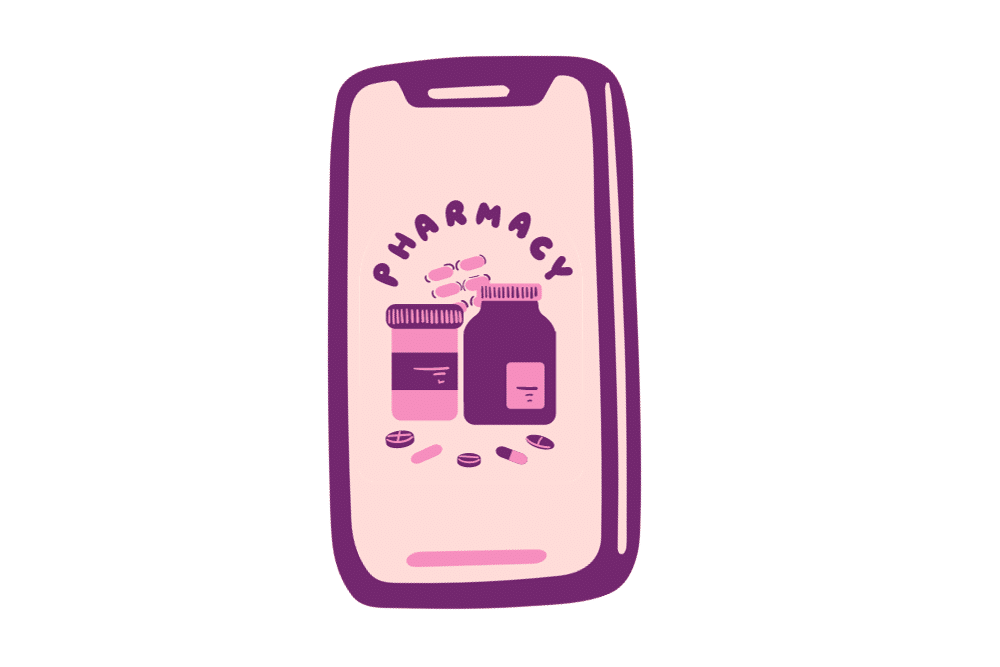
Fastest Ways to Get Rid of a Yeast Infection
The fastest way to get rid of vaginal yeast infections is typically through antifungal thrush treatment. These treatments are available in creams, suppositories, or tablets and often contain active ingredients that can be applied directly to the affected area for rapid relief by targeting the Candida albicans yeast responsible for the infection.
Following the recommended treatment course and adhering to the package instructions is essential for effective and fast treatment of the common yeast infection. If symptoms persist or worsen, it’s advisable to consult a healthcare provider for further evaluation and potential prescription-strength treatments. Still, for many individuals, antifungal medications offer the quickest and most convenient solution to alleviate the discomfort of a yeast infection.
Preventing Vaginal Thrush Infection
Preventing vaginal thrush involves a proactive approach to maintain a healthy vaginal environment. To minimise the risk of thrush, it’s key to maintain a balanced lifestyle. Begin by focusing on dietary choices, aiming for a low-sugar and low-processed carbohydrate diet, as high sugar intake can contribute to yeast overgrowth. Incorporating probiotic-rich foods, like yoghurt, can help support a balanced vaginal flora.
Proper vaginal hygiene practices are equally essential; avoid harsh soaps, douches, and scented products in the genital area, as these can disrupt the natural balance. Instead, opt for gentle, unscented, and pH-balanced products for intimate hygiene. Wearing breathable cotton underwear and loose-fitting clothing promotes air circulation and reduces moisture, creating an unfavourable environment for yeast growth.
Stress management is also important, as chronic stress can weaken the immune system, making it more susceptible to infections. Stress-reduction techniques such as yoga, meditation, or exercise can contribute to overall well-being and lower the risk of thrush.
Consulting a healthcare provider for guidance and maintaining regular check-ups can be invaluable in identifying and addressing factors that may contribute to thrush while ensuring optimal vaginal health.
Understanding the causes of vaginal thrush is the first step in effective management. By recognising the signs, seeking timely treatment, and adopting preventive strategies, you can maintain your vaginal health and overall well-being.

When to See Your Doctor
Consult your doctor when you have an unusual discharge, abnormal vaginal bleeding, abdominal pain, have thrush for the first time, experience severe or recurrent vaginal thrush, are pregnant, or have underlying health conditions like diabetes or a weakened immune system. Seeking medical attention ensures an accurate diagnosis, appropriate treatment, and guidance on managing any underlying factors contributing to the infection, promoting overall health and well-being.

